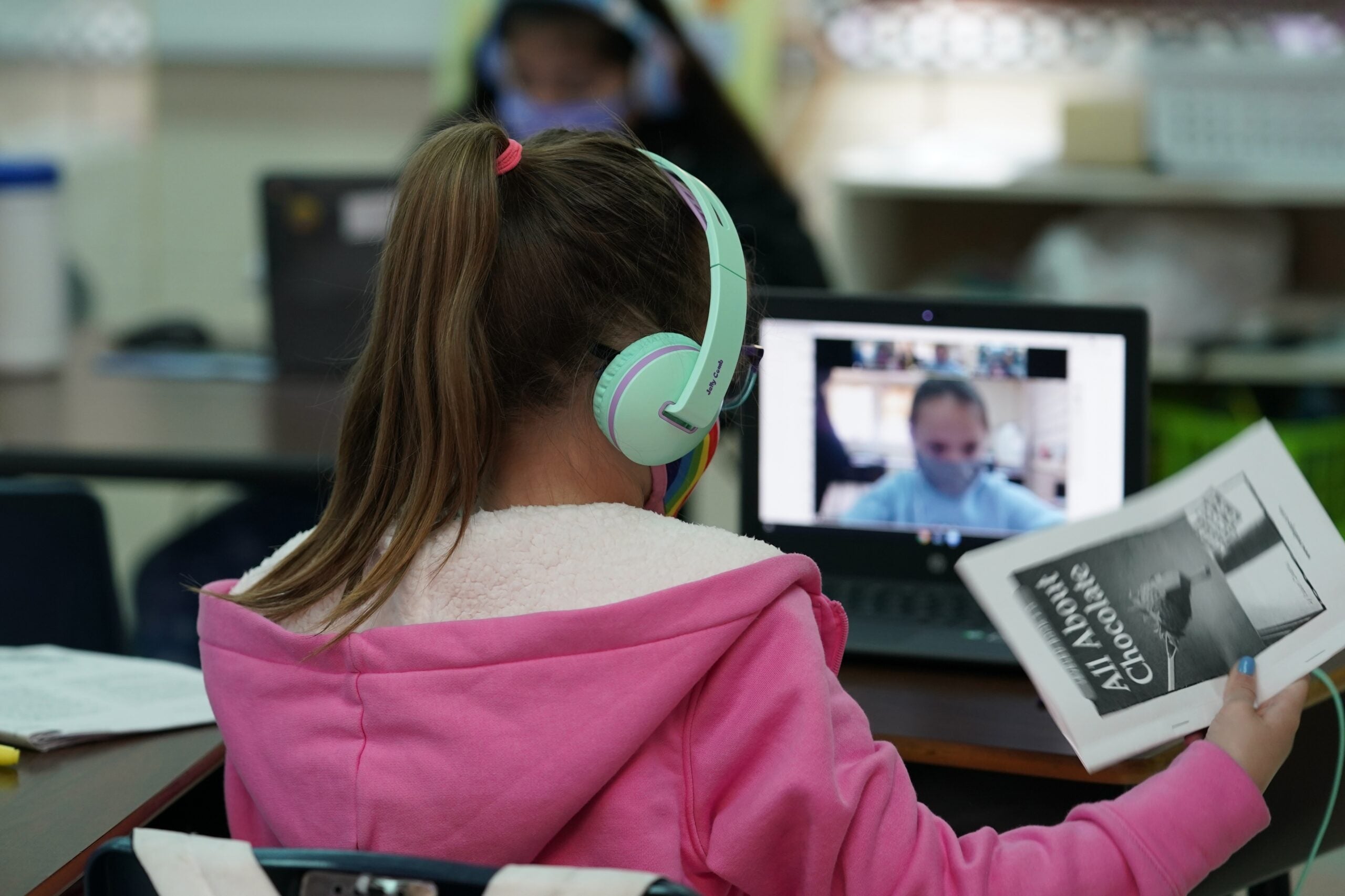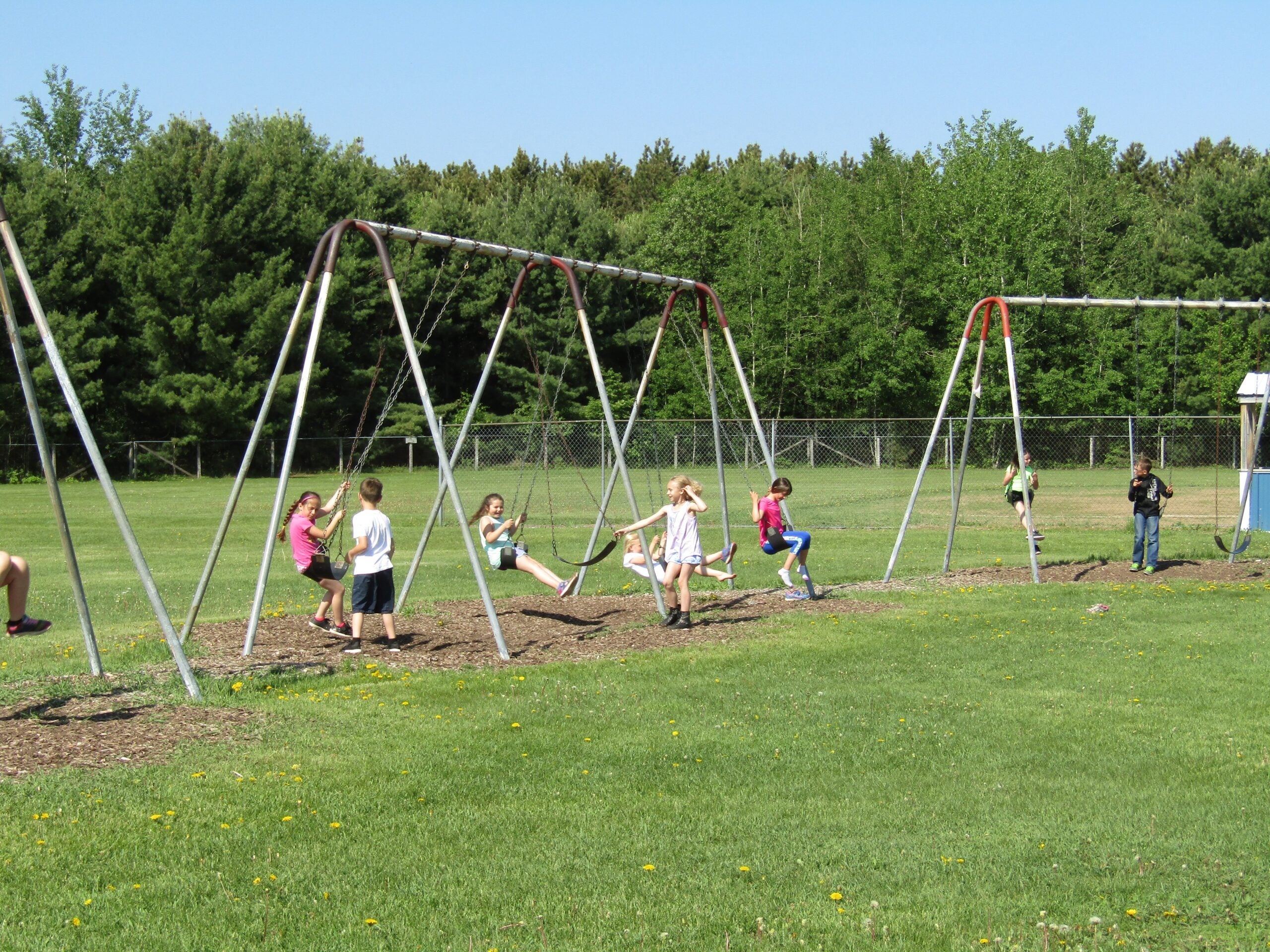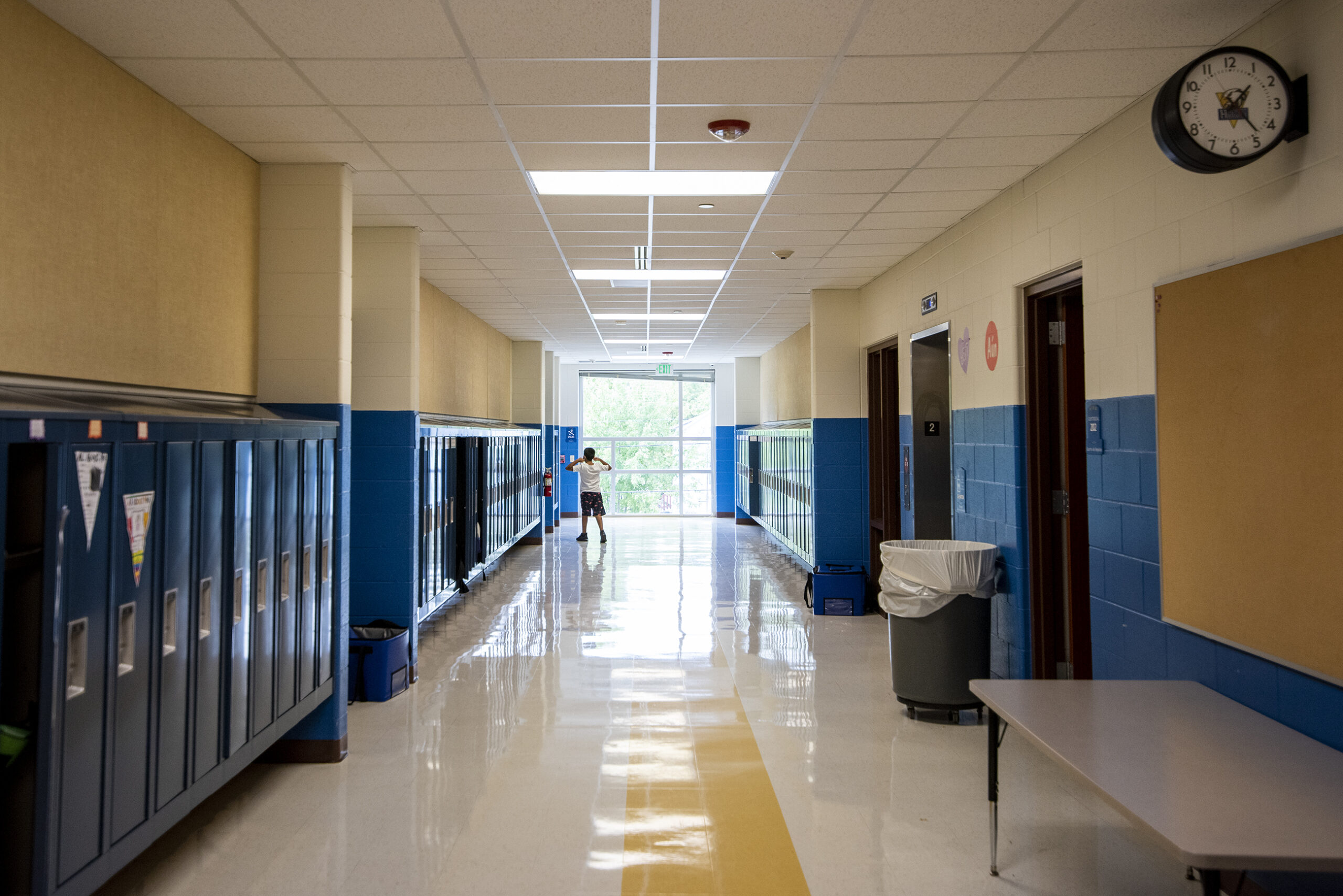Some Wisconsin school districts that have provided virtual instruction during the COVID-19 pandemic will be financially penalized under a plan approved Wednesday by the Legislature’s state budget committee.
Under the plan, school districts that have offered and will continue to offer more hours of in-person instruction will receive a larger percentage of federal coronavirus aid than schools that have remained virtual. The measure was approved on a party-line vote of 11-4, with Republicans voting in favor and Democrats against, and will immediately go into effect.
Budget committee co-chairs Rep. Mark Born, R-Beaver Dam, and Sen. Howard Marklein, R-Spring Green, both argued the GOP plan will send more money to districts that have “done the right thing” during the pandemic.
News with a little more humanity
WPR’s “Wisconsin Today” newsletter keeps you connected to the state you love without feeling overwhelmed. No paywall. No agenda. No corporate filter.
“I believe our kids need to be in school for their benefit and society’s benefit,” Marklein said.
Republicans on the committee pointed to statistics about rising suicide rates and mental health crises among students during the pandemic, as well as spikes in substance abuse and domestic violence.
“We truly believe, and a lot of parents truly believe, that getting kids back in school will help with these issues,” said Rep. Jessie Rodriguez, R-Oak Creek, ahead of the vote.
Marklein also argued districts that have provided in-person instruction over the last several months have incurred costs for things like transportation and cleaning supplies that districts exclusively offering virtual instruction have not.
Democrats on the committee argued it is inappropriate to financially penalize schools that have chosen to offer exclusively virtual instruction during the pandemic.
“Districts that were doing the right thing were actually listening to those in the medical community and the scientists who said, ‘Close your doors, don’t be open,’” said Sen. Jon Erpenbach, D-West Point.
Wisconsin will receive about $686 million from the federal government for K-12 schools under Congress’ coronavirus response bill passed last year. Under the federal bill, about 90 percent of those funds will be distributed based on the number of low-income students in each school district, without input from state administrations or lawmakers.
However, Congress gave states discretion over how to spend the remaining 10 percent of the funds, roughly $69 million in Wisconsin.
The state Department of Public Instruction proposed dividing that money between 172 of the state’s 446 school districts through grants and on a per-pupil basis, but GOP lawmakers scrapped that plan to move forward with the funding formula based on in-person instruction.
Under the plan, the state will gather data about districts’ in-person instruction hours after the current school year to determine how much federal money each district will receive.
Rep. Evan Goyke, D-Milwaukee, said the spending formula sets school districts up for difficult decisions this spring, especially if there are regional spikes in virus cases.
“They should be able to respond and go virtual if and when they need to, and they should do that without fear of economic consequences,” he said.
If you or someone you know is struggling with suicide, there are resources to help, including, but not limited to, the Wisconsin Suicide Hotline, Prevent Suicide Wisconsin and Crisis Text Line.
Wisconsin Public Radio, © Copyright 2026, Board of Regents of the University of Wisconsin System and Wisconsin Educational Communications Board.





